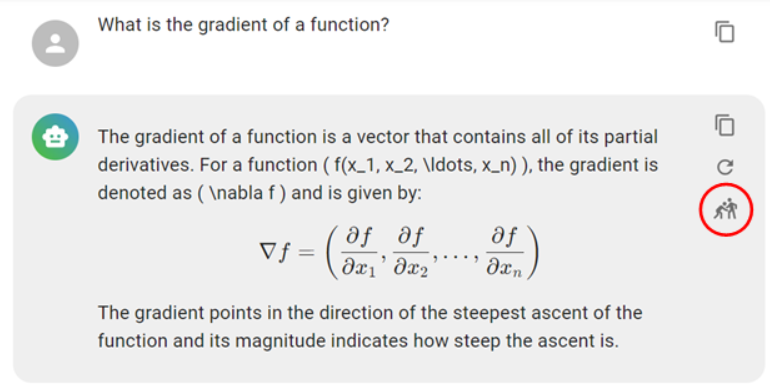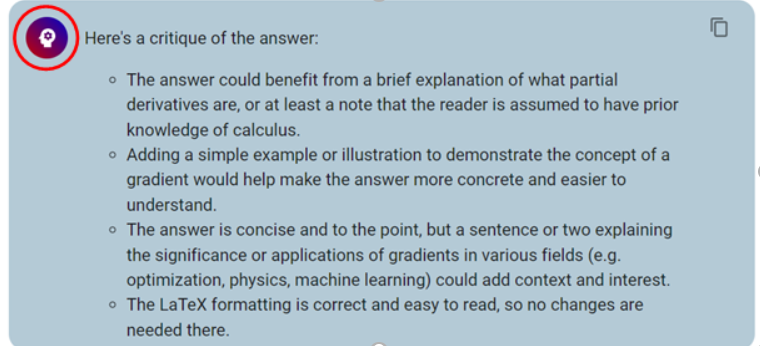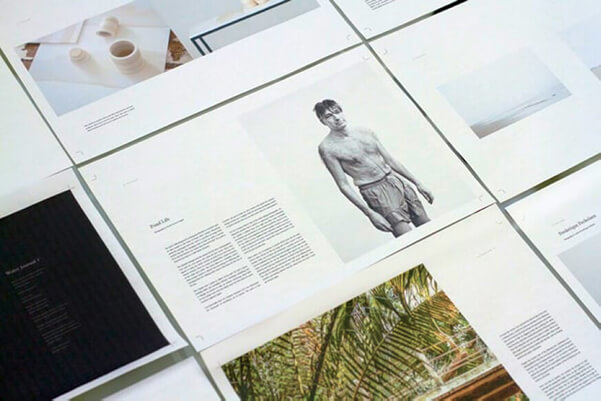About me
I am a current undergraduate at the Georgia Institute of Technology, majoring in Computer Science and Mathematics. I have extensive experience in research, where I've studied adversarial attacks on image generators as well as the effects of progressive sharpening in optimization. I also have experience in software development, where I've worked at the Parsons Corporation to use an ensemble of AI LLM agents (GPT4o and LLaMA 3.1) at the same time to optimize the performance of a system. I am currently an Machine Learning Engineer at Vytal.ai, where I am working on AI for medical gaze tracking.
I enjoy lifting weights, playing IM sports, and advocating politically in my spare time.
My current projects
-
Parsons Corporation
I deployed an ensemble of AI LLM agents (GPT4o and LLaMA 3.1) at the same time to optimize the performance of a system.
-
Progressive Sharpening
I'm researching the effects of progressive sharpening in optimization of AI models. More information forthcoming on details.
-
Vytal Gazetracking
I'm developing on AI approaches to make medical gaze tracking more precise and generalizable.
-
3D Model Generation
I finetuned weights from Jun et al. 2023 to make 3D model generation more efficient and accurate. I also developed novel methods to clean and alter generations.













